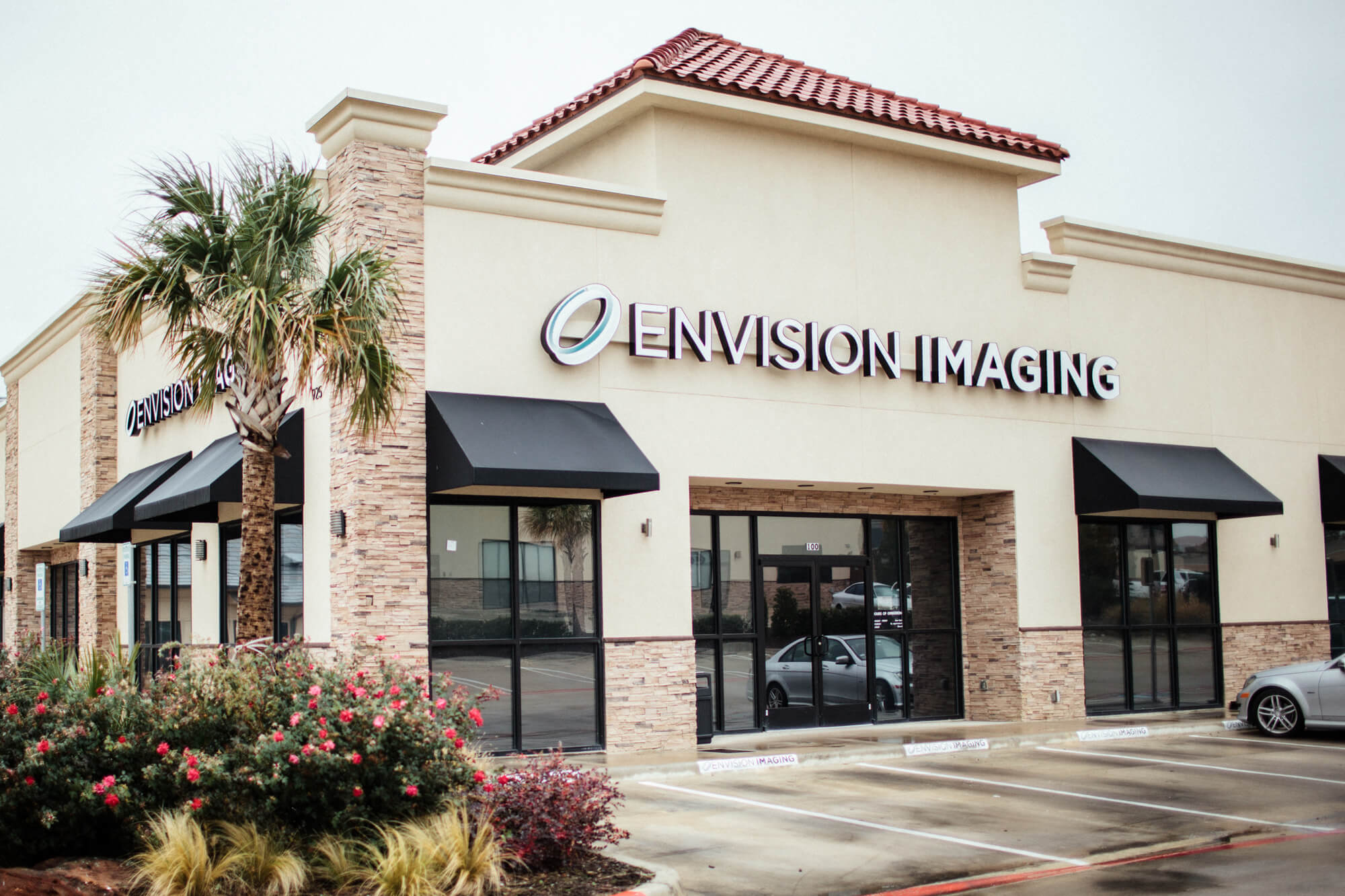What Is a Myelogram Procedure?
A myelogram procedure is an imaging test that is used to find issues present in the spinal canal, including the spinal cord, nerves and other spinal tissue. Also referred to as myelography, the test is generally performed by a radiologist who injects contrast dye into the space around the spinal cord.
What You Can Expect During and After the Procedure
Usually, a myelogram is done as an outpatient procedure and is about an hour long. Before the test begins, you will be given a hospital gown to wear and will need to remove all jewelry or metallic objects. Ensure your bladder is empty before the procedure starts.
During the test, you will lie on a padded table on your stomach. Your back will be sterilized at the site of the injection and draped. The radiologist will then numb the area above your lower spin with a local anesthetic. It may sting, but it will allow you to be more comfortable during the test.
A needle is then inserted between two vertebrae into the subarachnoid space. Even if you feel pressure as the needle is inserted, it’s important to remain still. Some of the spinal fluid will be removed and a small amount of contrast dye is injected through the needle. This may cause a warm sensation as it enters your spinal canal.
To help the contrast dye move throughout your spinal cord, the table you’re lying on may be tilted in various directions. However, you will be kept secure by a brace or special harness.
You may be injected with additional contrast dye as the test progresses, but once the procedure is complete, the needle will be removed. If needed, X-rays or CAT scan images will be taken afterward. Although the procedure may cause some discomfort, your radiologist will strive to minimize any pain.
After the procedure, you will need to stay at the imaging center to ensure no complications arise. You will need to sit or lay down, and your vital signs will be monitored frequently. Once your recovery is complete, you will be discharged to go home.
Limit your activity for 24 hours after the test. And report any adverse side effects such as:
- Numbness or tingling in your legs
- Drainage or blood from the injection site
- Pain around the injection site
- Vomiting or nausea
- Fever
- Problems urinating
- A headache
Find a Location Near You
If you’re in need of a myelogram procedure, contact an Envision Radiology imaging center in one of the following regions:

 If your doctor needs to assess your subarachnoid space, spinal cord and other structures in this area, a myelogram allows them to check for any abnormalities or changes. It’s especially useful if a regular X-ray does not provide clear answers as to the cause of any spine or back issues you may be experiencing.
If your doctor needs to assess your subarachnoid space, spinal cord and other structures in this area, a myelogram allows them to check for any abnormalities or changes. It’s especially useful if a regular X-ray does not provide clear answers as to the cause of any spine or back issues you may be experiencing.






